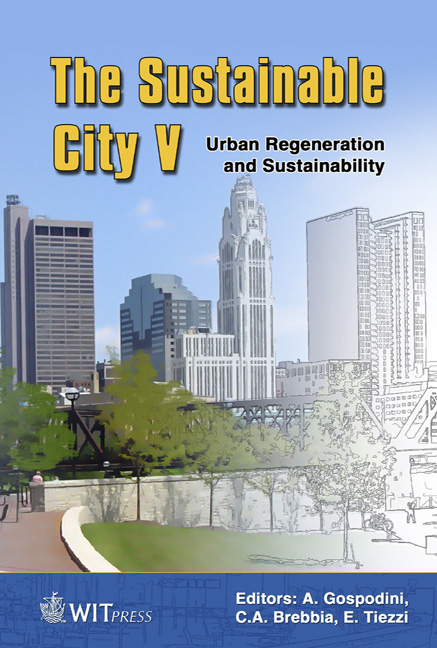World Urbanization – New Visions
Price
Free (open access)
Transaction
Volume
117
Pages
11
Page Range
399 - 409
Published
2008
Size
929 kb
Paper DOI
10.2495/SC080381
Copyright
WIT Press
Author(s)
A. Delic & B. Kincl
Abstract
According to 2005 United Nation Revision, the world continues to urbanize quickly. Between 2005 and 2030, the world’s population is expected to increase by 1.7 billion people, from 6.5 billion in 2005 to 8.2 billion in 2030. Virtually all this increase is expected to be concentrated in urban areas. In 1950 there was just two mega-cities, New York and Tokyo, but their number had reached 20 by 2005 and is expected to rise to 22 by 2015, of which 17 will be located in developing countries. As the world entered a new era of globalization in the last decades of the twentieth century, labour markets have become increasingly interdependent and mobility has increased, both in magnitude and complexity. Population migrations towards better conditions lead to a loss of homeland, abandonment of a cultural environment, while also prompting the need to create a new homeland. The families with different ethnic backgrounds have different lifestyles that they would like to protect. The time in which we live, \“the digital era”, is a time of constant and big change. Space is the only limiting factor in possible changes in the future. Changes and progress are an inseparable part of modern living, and they reflect a growing degree of education, the ever-rising living standards and wealth. Evolution in social behaviour leads us towards new concepts of approach to modern design of the city and housing, to new concepts of resolving the issue of housing units and environment. The entire process must be part of the ecological system of balancing life on Earth. Keywords: urbanization, megacities, sustainable development, ICT. 1 World Urban Population – UN prediction According to the United Nation 2005 Revision of World Urbanization Prospects, the twentieth century witnessed rapid urbanization of the world’s population. The global proportion of urban population increased from a mere 13% in 1900 to
Keywords
urbanization, megacities, sustainable development, ICT.





